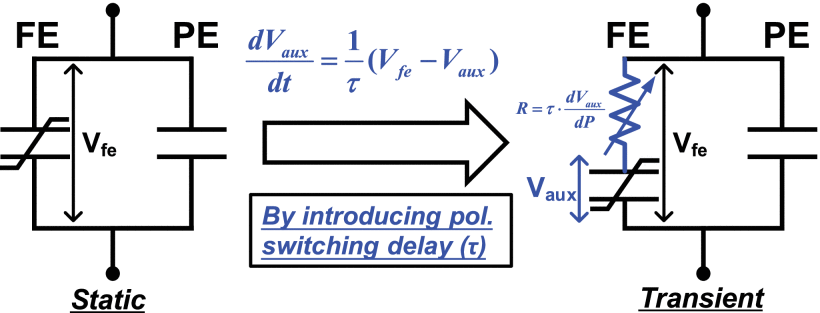Cheng, He, Tiefeng Liu, Chao Zhang, Zhijia Yang, Zhifeng Liu, Kazuo Nakazato
and Zhipeng Zhang
Nanowire gate-all-around MOSFETs modeling:
ballistic transport incorporating the source-to-drain tunneling
Japanese Journal of Applied Physics (2020)
Accepted Manuscript online 5 June 2020
DOI: 10.35848/1347-4065/ab99db
Abstract: Incorporating the source-to-drain tunneling current valid in all operating regions, an analytical compact model is proposed for cylindrical ballistic GAA-nMOSFETs with ultra-short Silicon channel. From taking the DIBL effect into consideration, the potential distribution within the device channel has been modeled based upon a 2-D analysis in our previous work. In this study, by introducing a parabolic function when modeling the potential profile in the channel direction, we found out that the source-to-drain tunneling effect in the subthreshold region could be evaluated analytically by applying WKB approximation. Then, it is practical to estimate the drain current for all operating regions analytically with this compact model considering both the source-to-drain tunneling and thermionic transport. The resulting analytic compact model is tested against NEGF simulation using SILVACO, and good accuracy is demonstrated. Finally, we perform an NMOS inverter circuit simulation using HSPICE, introducing our model to it as a Verilog-A script.
Fig: Rough sketch of the potential energy profile along the channel and illustration of mechanisms governing the carrier transport in ballistic tunneling and thermionic modes.
(a) Representation of energy levels distribution along the z-direction at the channel center (r = 0).
(b) Schematics of confinement potential energy distribution along r-component at the barrier top (z = zMAX) in the cross section. The elementary charge stands for letter e.
(a) Representation of energy levels distribution along the z-direction at the channel center (r = 0).
(b) Schematics of confinement potential energy distribution along r-component at the barrier top (z = zMAX) in the cross section. The elementary charge stands for letter e.
Acknowledgment: The authors would like to thank Prof. S. Uno for his support to this work. This work has been supported by the science and technology program of Liaoning, the major industrial projects (Grant No. 2019JH1/1010022












